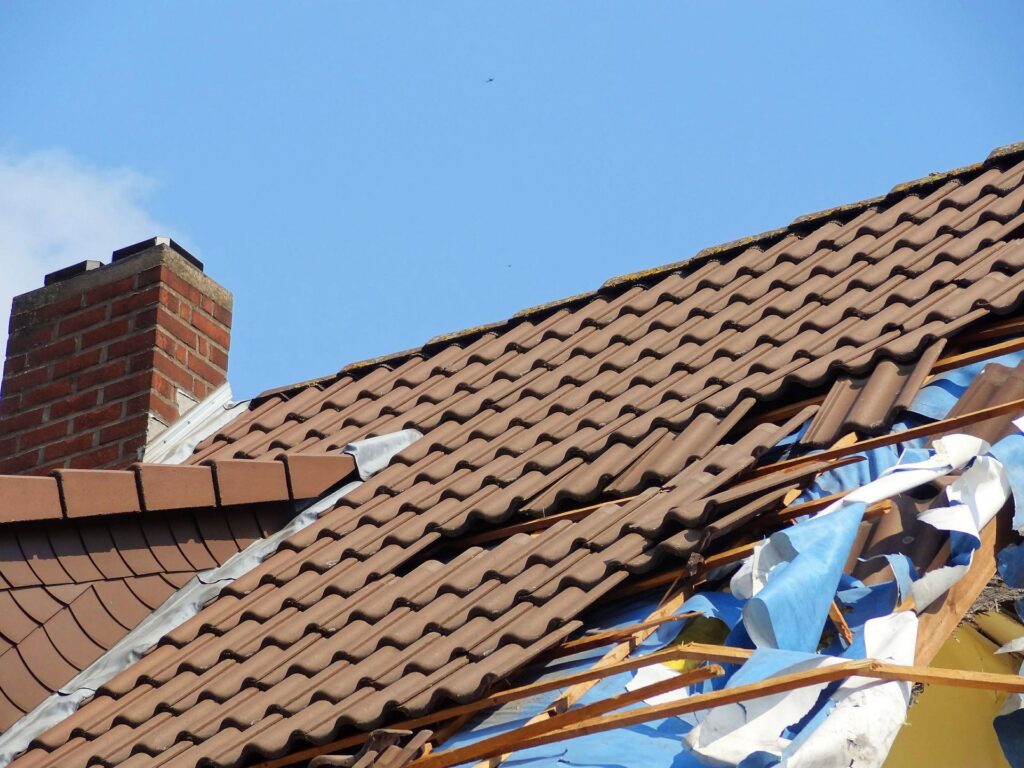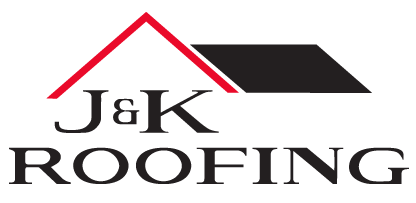
What You Need to Know About Storm Damage
When most people think about Colorado weather, they usually picture beautiful snowfall in the mountains. But in reality, we get some of the nation’s wildest weather, with everything from flash flooding to tornadoes.
If you’re not as familiar with the kind of weather we experience in the Centennial State, this article is for you. We’re taking a look at three of the most common types of storm damage and what you can do to take care of it.
Hail Damage
The most common type of storm damage in Colorado is from hail, which can fall at speeds up to 100 miles per hour. Depending on the size of the hail stone, the resulting damage can be substantial.
How to Identify Hail Damage
A hail storm most commonly damages shingles and other components of your roofing system, but it can also impact your gutters, siding, windows, and more. After a significant storm ends, take a walk around your house and look for signs of hail damage:
- Damaged or missing shingles
- Damaged metal roofing, stone coated-steel, slate, rubber slate, clay or concrete tiles, or solar tiles
- Chipped paint
- Broken or cracked windows
- Damaged gutters
- Granules from asphalt shingles in your downspouts
The above list isn’t exhaustive, and it’s worth mentioning that you don’t need to get out a ladder or climb on your roof to assess your home for hail damage. In fact, doing so isn’t advised, as only experienced professionals have the proper safety training necessary to prevent roofing injuries. Instead, you can set up an inspection with a professional roofing contractor—they will be able to quickly identify and explain to you the kind of damage you’ve sustained, along with suggested next steps.
Fortunately, because hail storms are so common in Colorado, your homeowner’s insurance company should be familiar with the damage and know how to quickly process your claim. Your roofing contractor will work with you and your insurance company to ensure your project gets underway as soon as possible.
Because hail storms are so common in Colorado, your local roofing contractor is familiar with the different types of damage caused by hail and knows how to document any damage for your homeowners insurance company. Your roofing contractor will work with you and your insurance company to quickly process your claim and ensure your project gets underway as soon as possible.
Wind Damage
Spring storms in Colorado bring plenty of wind, which can cause just as much—if not more—damage to your home than hail. These storms often result from dramatic temperature shifts, which create a high-pressure storm system.
How to Identify Wind Damage
Wind damage is usually not too difficult to spot, even from the ground. Most often, wind damage leads to:
- Curling, peeling or missing shingles
- Damaged gutters and downspouts
- Fallen tree limbs
Take the same approach outlined above for hail damage and walk around your house after a strong wind storm. Look for lifted or missing shingles, snapped or falling tree limbs, and don’t forget to check out your fascia and soffit—high winds can cause cracks, loose or bent areas or blow off loose fascia entirely causing serious damage.
And as the saying goes: an ounce of prevention is worth a pound of cure, so be sure to pay attention to the weather forecast. That way, you can prepare your home for incoming storms and prevent unnecessary damage from high winds.
Rain/Flooding Damage
Colorado has a relatively dry climate, but heavy rainfall is common with hail and wind storms. This influx of moisture can lead to water pooling on your roof, seeping into vulnerable areas of your roof and siding, and leaking into your home.
How to Identify Water Damage
Discoloration on your ceiling can be an obvious sign of water damage after or during a strong storm. It could be caused by missing or broken shingles, ice dams, clogged gutters, damaged or missing flashing around your chimney, or something else.
However, there’s one tricky part about water leaks: you may not be able to see them. This is one reason why it’s so important to have a professional inspect your home—they know what to look for and have special tools and resources to help identify the origin of hidden leaks and unknown water damage. For example, you can’t see the insulation behind your walls, but an experienced professional knows how to spot wet insulation that can lead to mildew and other serious trouble.
We’ve Got You Covered.
No matter how big or small your storm damage may be, our experienced team at J&K Roofing is ready to help. We have the tools, resources, and expertise necessary to get your home back in good shape.
Reach out to us today to schedule your free inspection and make sure your home is ready for the next storm!
